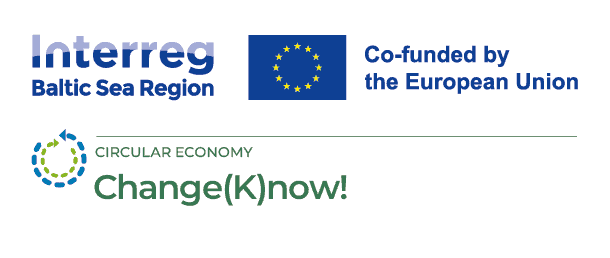
From Toxic to Transparent: Rethinking EU Food Packaging Laws
25 April 2025
Every day, people across Europe are exposed to hazardous chemicals—not through industrial spills or polluted air, but from something as ordinary as food packaging. Whether it’s the plastic wrap on your sandwich, the coated paper of your takeaway coffee cup, or the lining inside a can of soup, packaging materials often contain substances that can pose serious health risks.
These substances include PFAS, BPA, and phthalates—chemicals that are known to disrupt hormones, interfere with fertility, and even contribute to cancer. Despite decades of growing scientific concern, these chemicals are still allowed in food contact materials (FCMs) across the European Union.
A gap between science and regulation
In 2022, the European Commission announced plans to revise its outdated FCM regulations. This was a much-needed step, as the existing laws—some dating back to the 1970s—fail to reflect modern scientific knowledge or the EU’s own chemical safety strategies.
But since then, progress has stalled.
Today, the EU’s food packaging rules remain full of loopholes and inconsistencies. Industry lobbying continues to delay meaningful change, and the absence of harmonised rules for non-plastic materials (like paper, cardboard, and inks) leaves the public exposed to unknown risks.
What needs to change?
Moving away from toxic food packaging isn’t just a matter of health—it’s also essential for building a sustainable and circular economy. Here’s what an effective policy shift should prioritize:
-
Eliminating hazardous chemicals in all food packaging, not just plastics
-
Promoting safe, reusable packaging systems that reduce waste and chemical exposure
-
Improving transparency and accountability in material design and regulatory processes
-
Aligning with the principles of the circular economy, where packaging is designed to be reused, not just recycled
A toxic-free, truly circular packaging system would mean fewer harmful substances in our environment and in our bodies, and less reliance on single-use materials that contribute to plastic pollution.
The role of reuse
While recycling has long been the go-to solution, it’s become increasingly clear that reuse offers a more effective, long-term path forward. Reusable packaging—when implemented with care and proper infrastructure—can drastically reduce both waste and the public’s exposure to harmful chemicals.
But for reuse systems to work, packaging must be designed not only for repeated use but also to be safe across its entire lifecycle. This includes avoiding toxic coatings, glues, and additives that can leach into food during storage or washing.
What’s at stake?
Without strong regulatory action, the EU risks falling behind its own health and sustainability goals. Public trust in food safety, environmental protection, and the credibility of EU institutions is at stake. And most importantly, millions of Europeans continue to be exposed to harmful chemicals every time they buy food.
The path forward
The science is clear. The solutions exist. What’s missing is the political will to put public health and the environment before short-term economic interests.
📘 Read the full report from Zero Waste Europe:
👉 Why is toxic food packaging still legal?





